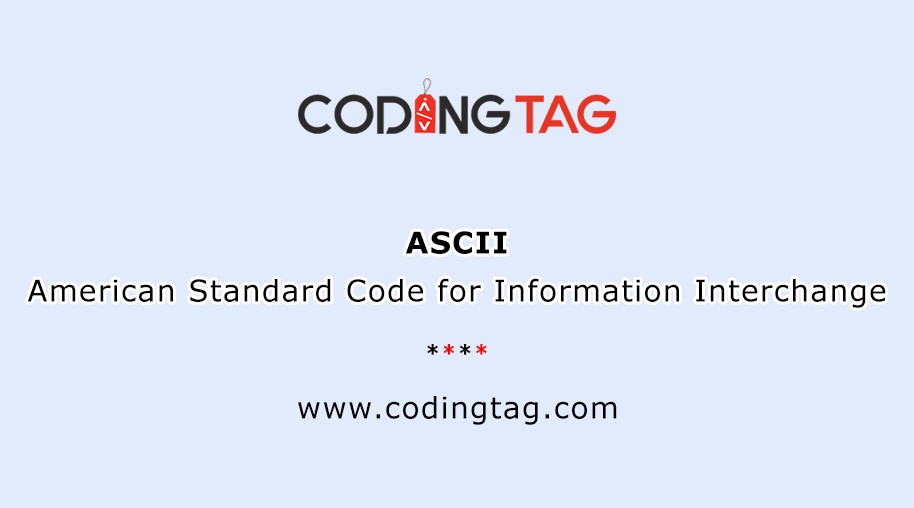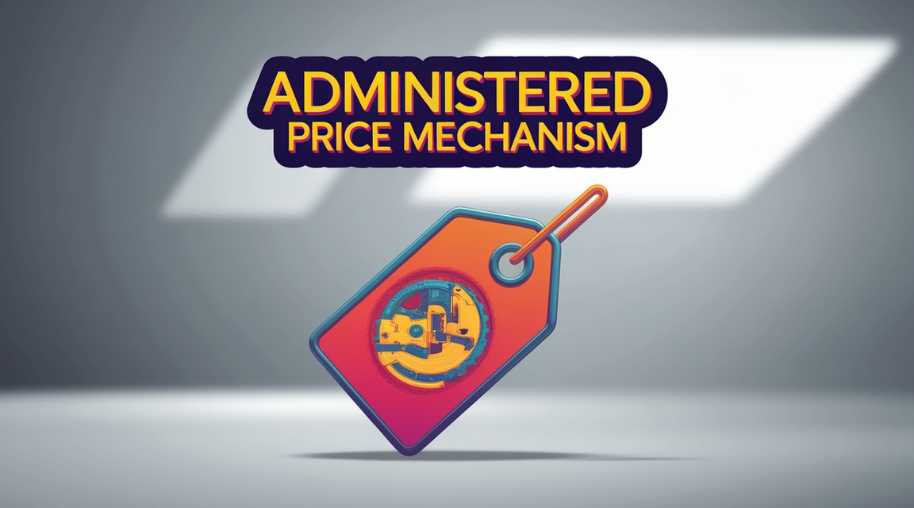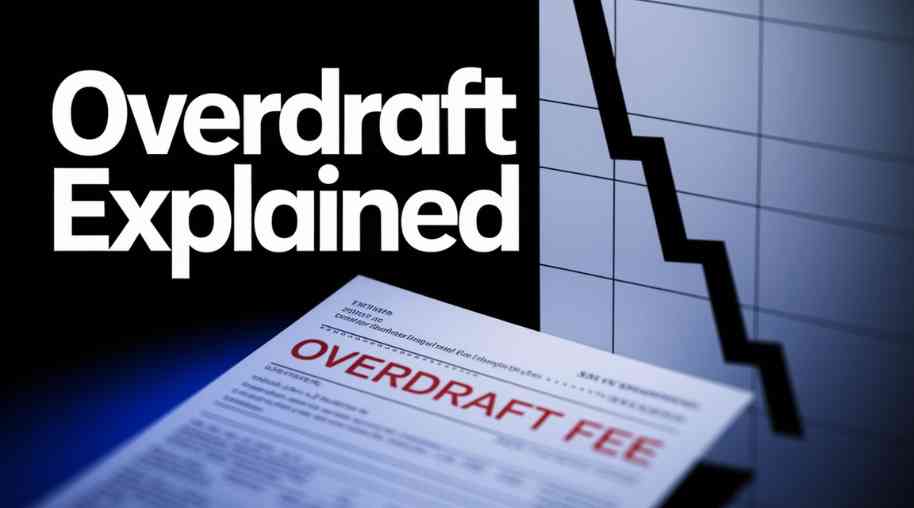SCRA Full Form-Securities Contracts-Regulation-Act 1956
by Shashi Gaherwar
0 1006
Securities Contracts (Regulation) Act, 1956: Purpose, Features, and Importance in Indian Securities Market
In India, the securities market plays a crucial role in the country’s economic growth. To ensure that trading in securities is fair, transparent, and efficiently regulated, the Securities Contracts (Regulation) Act, 1956 (SCRA) was enacted. The act lays down a legal framework to govern the functioning of stock exchanges and protect investors' interests.
This article explores the full form of SCRA, its objectives, key features, and the importance it holds in regulating the Indian securities market.

What is the SCRA?
The full form of SCRA is Securities Contracts (Regulation) Act, 1956. It was passed by the Parliament of India to prevent undesirable transactions in securities by regulating the business of dealing therein.
The main aim of the SCRA is to ensure that securities trading happens in a structured and transparent manner, under the supervision of recognized stock exchanges.
Objectives of the Securities Contracts (Regulation) Act, 1956
The SCRA was introduced with multiple objectives, primarily focusing on:
• Regulation of Stock Exchanges: It grants powers to the central government to recognize stock exchanges and regulate their functioning.
• Protection of Investors: It ensures that investors are protected from fraud, unfair trade practices, and market manipulation.
• Prevention of Undesirable Transactions: The act prevents undesirable and speculative transactions in securities that could harm the market’s stability.
• Promotion of Healthy Securities Market: By regulating the trading of securities, it helps maintain the credibility of the securities market.
• Standardization of Trading: It lays down the rules and standards for trading in securities to promote uniformity.
Key Features of the SCRA, 1956
Several important features define the structure and scope of the Securities Contracts (Regulation) Act, 1956:
1. Recognition of Stock Exchanges
Under SCRA, stock exchanges must be recognized by the government. Unrecognized exchanges are prohibited from facilitating securities trading.
2. Regulation of Contracts
The act defines what constitutes a legal contract in securities and outlines the conditions under which such contracts can be entered into.
3. Listing of Securities
SCRA provides the framework for the listing of securities on stock exchanges, including disclosure requirements and compliance measures.
4. Powers of the Central Government
The central government has the authority to regulate, suspend, or supersede the functioning of stock exchanges if necessary for investor protection.
5. Definition of Securities
The act gives a detailed definition of "securities," covering shares, bonds, government securities, debentures, and other instruments.
6. Penalties for Violations
Any violation of the provisions under the SCRA, such as illegal trading practices, can result in penalties, prosecution, and imprisonment.
Importance of the SCRA in Indian Securities Market
The Securities Contracts (Regulation) Act, 1956 plays an indispensable role in strengthening and securing the Indian securities market:
• Investor Confidence: By creating a regulated and safe trading environment, the SCRA boosts investor confidence, encouraging more participation in the market.
• Market Integrity: Strict regulation helps maintain the integrity of the securities market by preventing fraud, insider trading, and market manipulation.
• Economic Growth: A well-regulated securities market supports the economic growth of the country by channeling investments into productive ventures.
• Enabling Fair Trading: It ensures that all investors get a level playing field with equal access to information and trading opportunities.
• Flexibility for Modernization: The SCRA framework allows for amendments and modern regulations to adapt to the fast-changing dynamics of global financial markets.
Amendments and Modern Relevance
Over the years, the SCRA has undergone several amendments to address emerging challenges in the securities market. With the rise of electronic trading, online platforms, and complex financial instruments, the government and regulatory bodies like SEBI (Securities and Exchange Board of India) ensure that the SCRA remains updated and relevant.
Important amendments include:
• Introduction of electronic trading platforms.
• Broadening the definition of securities to include derivatives and other modern financial products.
• Streamlining the recognition process for exchanges like NSE and BSE.
The Securities Contracts (Regulation) Act, 1956 (SCRA) forms the backbone of securities market regulation in India. By promoting transparency, regulating stock exchanges, and protecting investors, it ensures the stability and integrity of the financial markets.
As India's economy continues to integrate with global financial systems, the SCRA remains a cornerstone legislation that adapts to safeguard the interests of investors and maintain ability trustworthy market environment.

Share:








Comments
Waiting for your comments